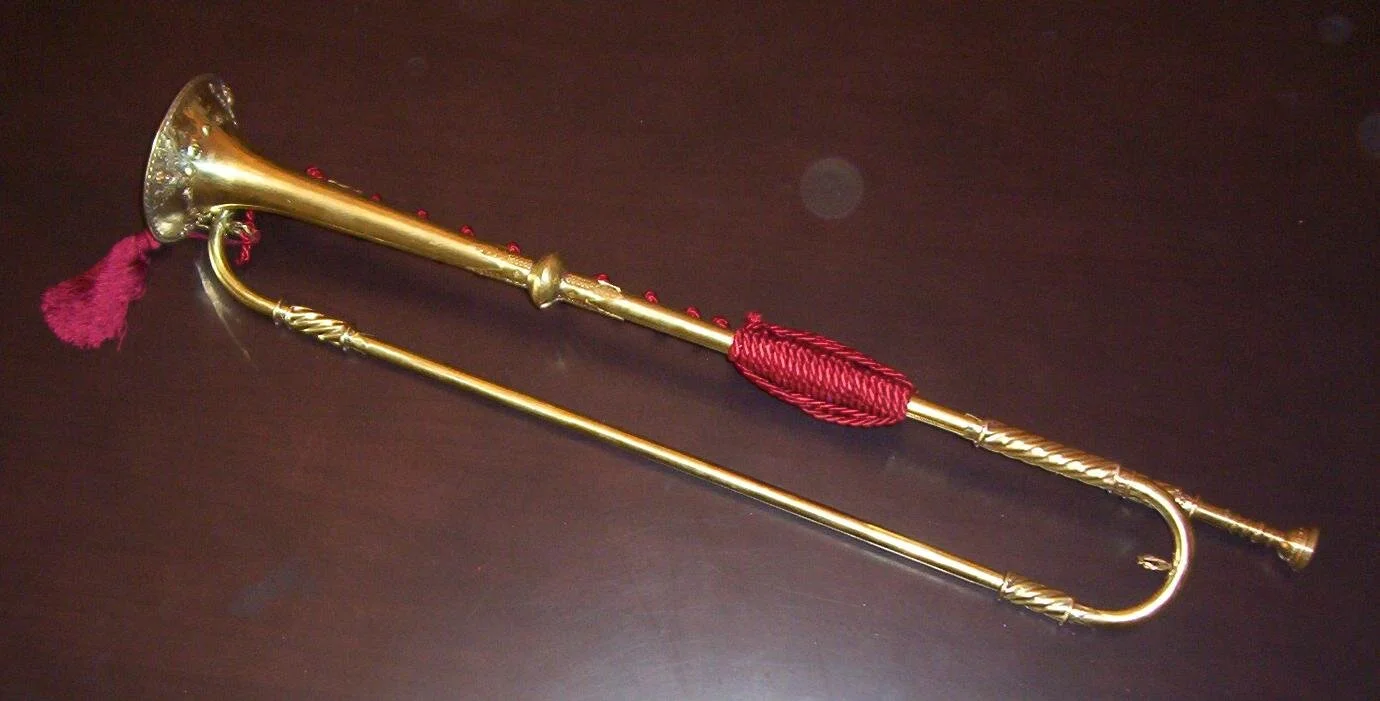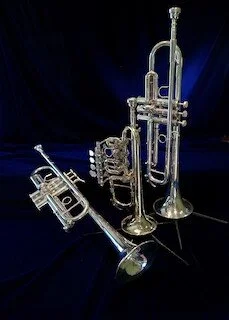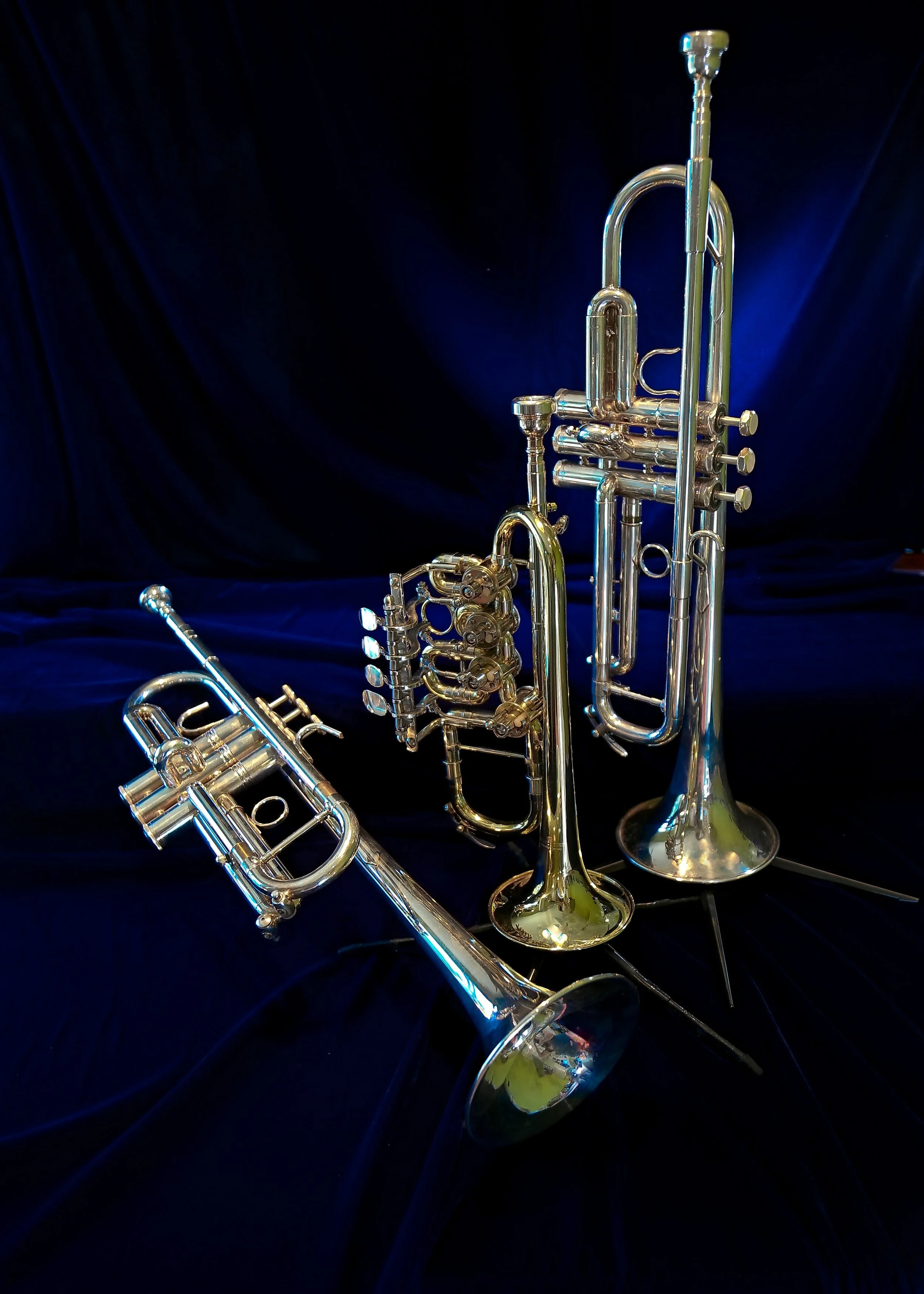The Sunday Trumpet Report: A Brief Overview of the Trumpet
A brief history of the Trumpet
A Brief History of the Instrument
An overview of where we are today is just that a view from above. The life of a trumpet player in 2019 can be many things from being a dedicated student to a seasoned professional. Someone who plays in their church or in a local community band; someone who plays jazz, or classical or even in a ska band; we are all trumpet players. Some of us practice more than others and some of us perform in public more than others but what we all have in common is the benefit of the history and development of the instrument over time.
So let’s talk about that for a minute. The trumpet that we all play today is steeped in a rich history. The manufacturing of the trumpet first occurred around 3000 years ago at the time of the Egyptians. The principles of generating sound came before that, when the first sounds produced by speaking into a conch shell or hollow tree branch were amplified.
Advances of the Romans
The Roman Tubae
The science of sound was developed by the Greeks and taken a step further by the Romans. The Romans made some very interesting looking horns, all of which created sounds for very specific purposes. But the common element for a trumpet, up till the late 1700’s was the understanding that the length of the tubing had a direct relationship to the pitch of the notes it could play. The shorter the trumpet, the fewer tones it could produce; and longer variations of the trumpet could produce more tones. It was during this time that trumpets were being manufactured from a variety of materials from silver and bronze to eventually being made of brass of brass around 800 A.D.
The New Order
The Baroque Trumpet
The next main development in the history of the trumpet happened when the role of the players of the instruments changed. Up till till the mid 1500’s the primary function for a trumpet player was, as it had been for a few thousand years, to be a communication tool to be used by governments or the military leaders of the day. The shift that happened was that the trumpet slowly started to become part of musical presentations. The composers of this period saw an opportunity to include the brilliant sounds of the trumpet into their compositions which were initially performed in Church and for the celebration of God.
One of the factors in the increased opportunities for trumpet players of the time was that individual players began to exhibit a greater skill and facility over the instrument. This meant a greater number of notes that could be played on the instrument. Another factor of the inclusion into the orchestra was that those who played the trumpet, in many cases, also played other instruments. This meant that when there were more opportunities to include a trumpet(s) in a composition. It turned out to be the start of the golden age of the trumpet.
The Industrial Revolution Changes Everything
In the last decade of the 1700’s things began to change once again. It was the start of the industrial revolution. The manufacture and design of the trumpet changed the future of the instrument and it’s role in society and music. This is the time when the first valves were conceived and incorporated into the long tube trumpet giving the instrument the ability to play chromatically and not simply playing the sounds of the overtone series. This allowed for the trumpet to join in with the members of the orchestra, in ways that was not possible before.
The Keyed Trumpet: Haydn and Hummel both wrote Concertos for this instrument.
The interesting thing about these new inventions of trumpets with valves, is that it took many decades to perfect the designs but then many more decades for composers to find ways to incorporate the new sounds into their compositions. However by around the 1860’s the valved trumpet was now finding its voice into the orchestra which started the next wave of popularity for the instrument. What resulted was finally a soprano voice in the world of brass instruments that would change how we listen to music for the next hundred and fifty years.
The Dawning of a New Golden Age
The 20th Century saw a continued development of design for the instrument. The basic shape and size of the trumpet had been established so now engineers and designers set about to refine specific elements and parts of the trumpet. By experimenting with different types of metal and then modifying the manufacture process the trumpet became a more precise instrument. As the popularity of the instrument grew so did the quality of instruments being made.
The thing that most advanced the popularity of the instrument over the 1900’s was the invention of the ability to record sound. Records and radio brought music and musicians directly into peoples homes. The increased exposure of bands and orchestras that featured trumpet players helped create the celebrity status of many jazz and classical musicians.
Which brings us up to today when the next round of technical development is taking place. Once again the design of the instruments and mouthpieces are being scientifically modified enabling the player to produce better sounds. The skill levels of the modern trumpet player has increased dramatically over the last 30 years.
Sometimes in the discussion about trumpet playing, talking about playing higher, faster or louder seems to be more popular than what it is to actually make music. As we address the technical aspects of playing the trumpet, we can lose sight of why we have chosen to play the instrument. The primary goal of a musician is to make music.
Whether we are a professional, a gifted amateur or just a person who likes to play, we should ask ourselves an important question. Why is it we spend so much time with that piece of metal against our lips? It’s not the most comfortable or natural things to do but we seem to love it and the world is better for it.
Next Sunday we will dive deeper into the origins of the instrument and the search for who made the first sounds and why.
If you like this post, or have an era of the trumpet you would like to see discussed here, please comment below. Also check out our Facebook and Instagram pages.
Related Posts







